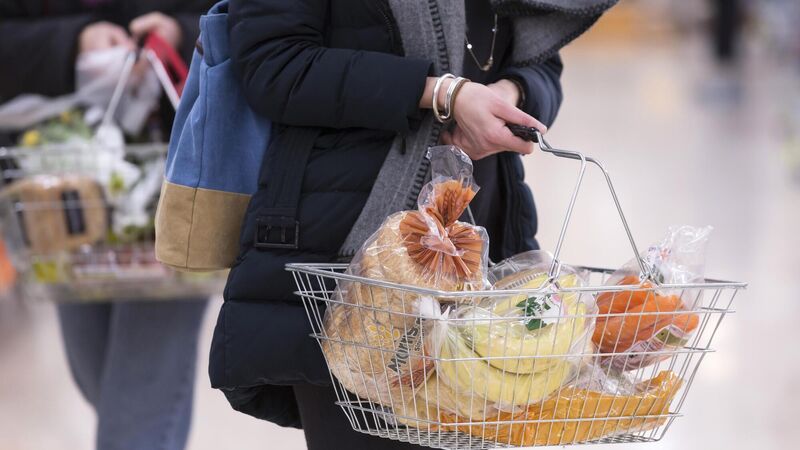Retail staff most likely workers to get Covid in second and third waves

Retail staff, cashiers and checkout operators were the most likely occupations to contract Covid-19 during the second and third wave of the pandemic, according to a new analysis by the Central Statistics Office.
Retail staff, cashiers and checkout operators were the most likely occupations to contract Covid-19 during the second and third wave of the pandemic, according to a new analysis by the Central Statistics Office (CSO).
In the first wave, meanwhile, it was nurses and midwives who were most at risk of catching the virus.










